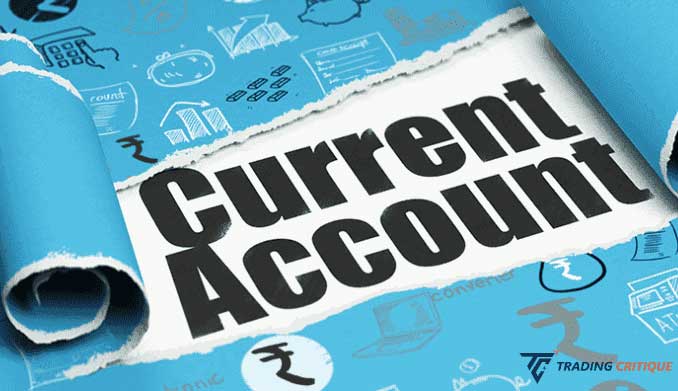
5 Proven Steps to Become Successful Forex Trader in 2024
Foreign exchange trading is centered around capitalizing on the fluctuating exchange rates of currency pairs. Forex trading is often utilized by speculative investors seeking profits as well as by businesses aiming to hedge currency risk. If you want to become a successful forex trader, stay here:



 Advantages of Current Account
Advantages of Current Account Disadvantages of Current Account
Disadvantages of Current Account






